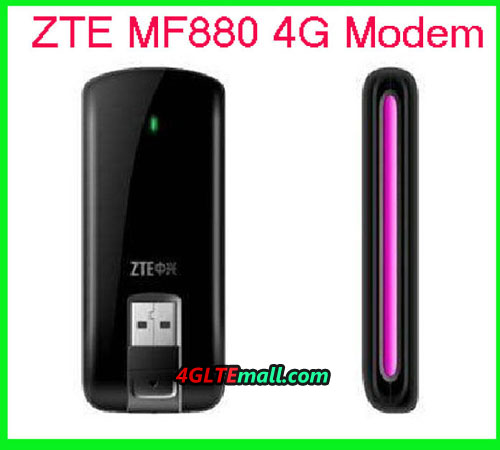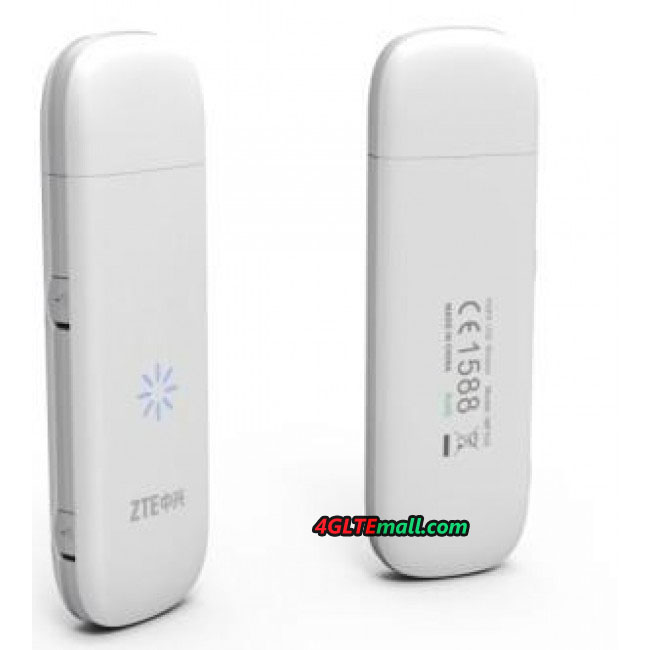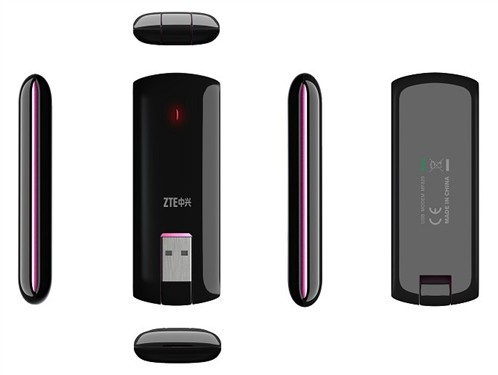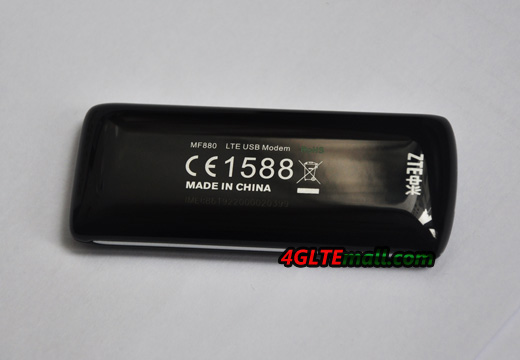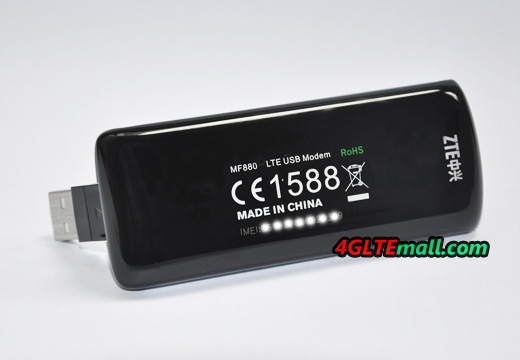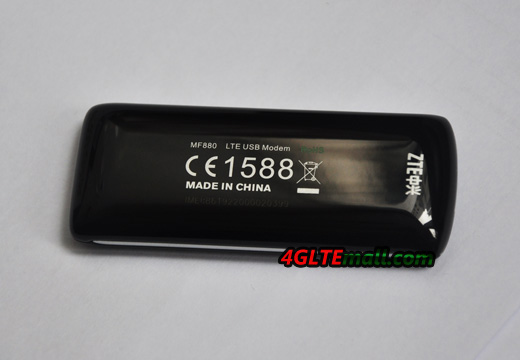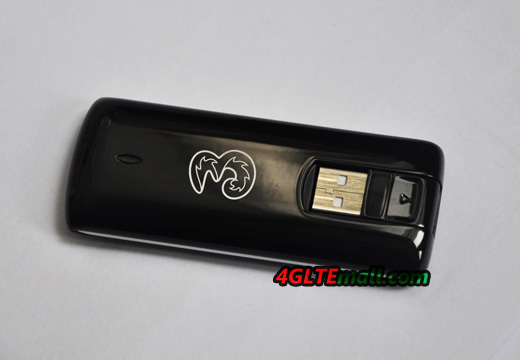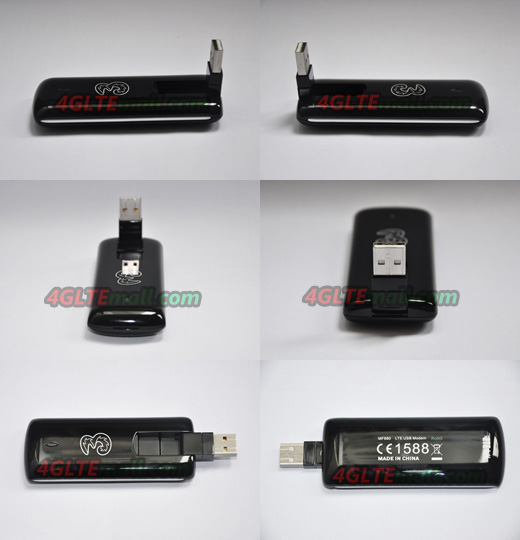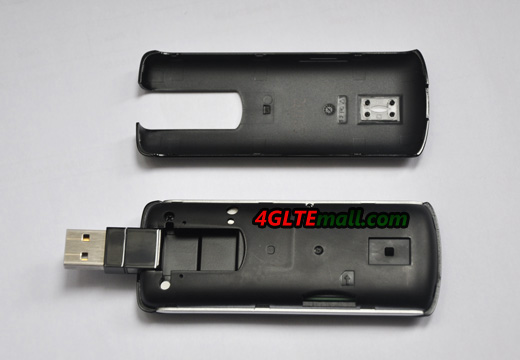More and more operators are investing the TD-LTE technology so as to improve the spectrum application efficiency. It seems the TDD technology would become the mainstream for LTE network. But We could also see the dual-mode LTE, that is FDD & TD-LTE combination, is also become popular.
To make the LTE dual-mode network more efficiency, the UEs must also support FDD and TDD bands simultaneously, and they could auto switch between the two modes. We have found there are many USB dongles, mobile WiFi hotspots and LTE router available for such networks.
As one of the important vendor for 4G LTE equipments, ZTE had released many models that can support TD-LTE/FDD dual-mode networks. ZTE MF880 and MF825 are such 4G USB dongles.
ZTE MF880 is the first generation 4G modem from ZTE. One of the main features for them is they don’t have the connector for MIMO external antennas. The body of the 4G modem is a little bit bigger than 3G modems. As a 4G dual-mode LTE modem, ZTE MF880 could support 4G FDD band 20 & band 7(800/2600MHz), and TD-LTE band 38 & band 40 (2300/2600MHz). Band 7 and band 20 are two most popular spectrums in European countries and the two TDD bands are the most commonly deployed broadband worldwide, which make ZTE MF880 4G data card one of the most popular 4G dongles.
ZTE MF825 is the typical model for the second generation of ZTE 4G modems. Based optimization and improve in hardware and firmware, the ZTE is much slimmer then it’s predecessors. And it’s not as big as ZTE MF880, and to make the MIMO transmission come true, two external antenna connectors are available in MF825. Besides the TDD band 38 & 40(2300/2600MHz), ZTE MF825 supports more FDD bands, they are band 20, band 3, band 1 & band 7(800/1800/2100/2600MHz). From the specification, we could know if ZTE MF880 could work in any place, ZTE MF825 would fully replace it.
What’s more, the two 4G dongles ZTE MF880 and MF825 could also work on 3G UMTS/DC-HSPA+ networks (900/2100MHz) and 2G GAM/GPRS networks, and the peak download speed on 3G could reach 42Mbps. So if user is in a location where 4G network is not available, the two ZTE 4G modems would switch to 3G to fulfill the Internet access requirement.
Someone may ask, if ZTE MF825 could fully replace MF880, then why they both are presented from operators? It’s a good question, actually, the more powerful one device is, and the more expensive it is. ZTE MF825 is more powerful based on its great internal chipset, and it costs more. For some operators, it’s unnecessary for them to use a modem with high price when a cheaper one could meet the requirements. And for some operators, they didn’t provide some of the network spectrums that ZTE MF825 supports.
But for users who usually travel overseas or to different countries, it would be better to get ZTE MF825, because it would be more possible for the data card to compatible with the target operators when on a trip.
To conclude, the LTE dual-mode 4G modems provide better solution for users to access Internet and travel around. If you want more TD-LTE/FDD USB modem, welcome to visit www.4gltemall.com .
